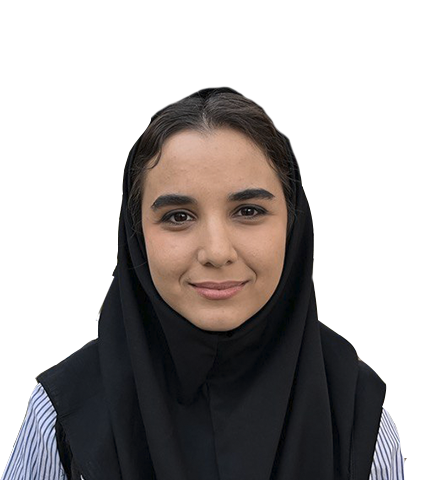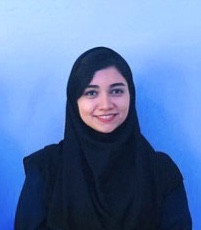
Climatic and inland migration
Climate change determines our time, because the Earth's climate is now changing faster than at any point in the history of modern civilization. Changing patterns of temperature, precipitation, frequency and severity of some climatic events such as heat waves, floods, droughts and rising sea levels make people vulnerable. Weakening of governments, intensifying instability and political conflict undermine the food and economic security of individuals. As these events become more frequent, more people will be forced to leave their homes. This mobility may occur within or beyond international borders. The United Nations High Commissioner for Refugees (UNHCR) reports that an average of 21.5 million people are displaced each year due to the sudden onset of climate-related risks between 2008 and 2016 and thousands more due to the progressive risks associated with climate change impacts. have became. Due to Iran's geographical location and location in the arid and fragile region of the country, its vulnerability to environmental and climatic crises and the continuation of its destructive trends, migration not only to the currently crowded cities of Iran but also It may increase to other countries. According to global statistics, out of a total of seven million new IDPs due to natural disasters in the first half of 2019 in the world, Iran with 501,000 new IDPs is ranked fourth in the world. The high number of these figures shows the high-risk situation of Iran in the field of natural disasters. In this regard, the Climate Migration Working Group intends to provide policy makers and planners in the field of migration and climate with various programs and strategies that are reviewed by successful global experiences and models in the field of climate control and guidance.

